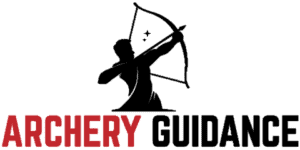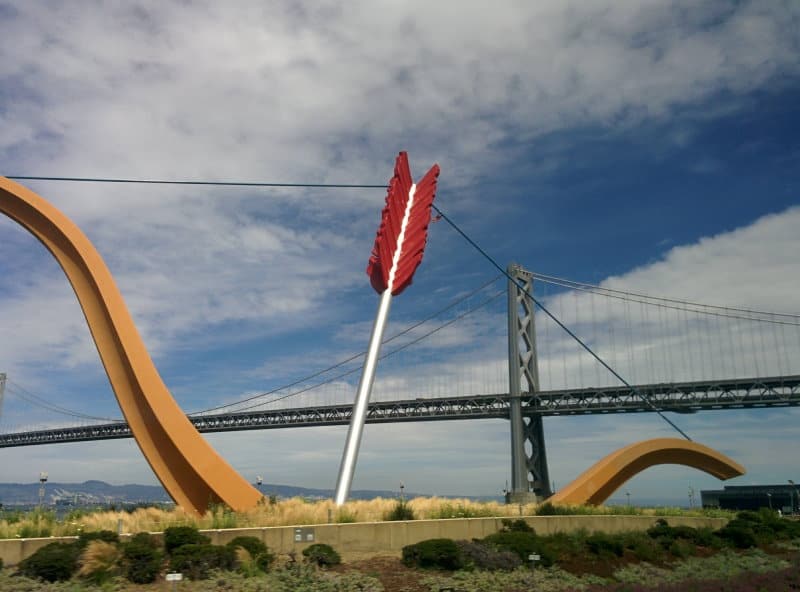I’ve had my share of setbacks in archery. Arrows flying out of directions, strings tearing off, bow bending out of shape—name it, and I’ve probably encountered it before.
It takes some experience to know when a bow gets out of tune. So, don’t worry if you still don’t know what to look for.
A bow gets out of tune when its cables are stretched, causing the draw weight to get lost while shooting. You’ll notice the string settling into the cam when the bow is out of tune, and the arrow will fly erratically when you hit it.
If you want to know more about turning bows, follow this article!
How Does a Bow Get Out of Tune?
A bow gets out of tone in multiple ways. You’ll know that something is off with your bow the minute you shoot it by looking at the hole or feeling the bow in your hands.
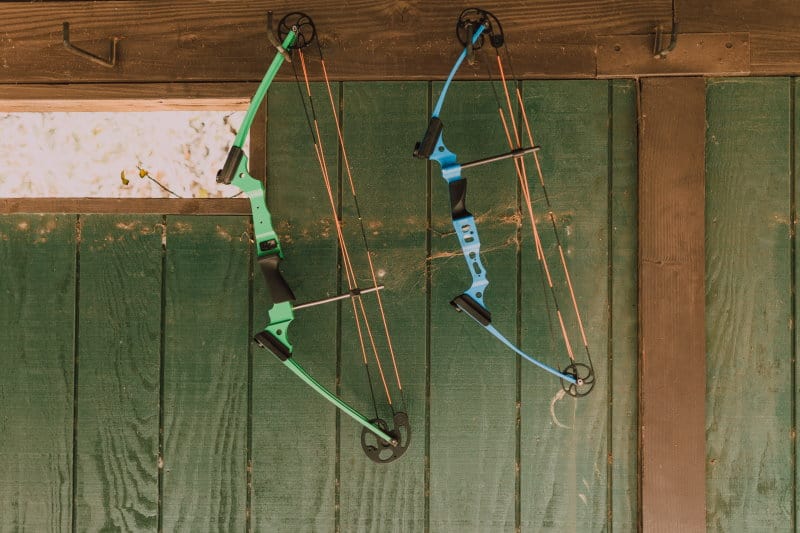
When your bow is out of tune, the cable will be stretched, causing the distance between the axles to grow. As a result, the draw weight will be lost. It’ll be worse if one cable extends more than its twin because the cams won’t work correctly.
Depending on the design of your bow, you may find the cable settling in the cam’s grooves. Needless to say, it shouldn’t be there.
One more thing you’ll notice is the arrow’s flying direction. Instead of flying in a straight line as it should, it’ll move in an erratic motion and may fly off your target. At the very least, it’ll lean to the left or right instead of the center. Likewise, the bow likely needs tuning if it’s straying lower or higher than it should.
If your bow feels fine and the arrow flies straight, you may notice it’s out of tune by observing the target hole. For that, you may need to do paper tuning.
How Do I Paper Tune My Bow?
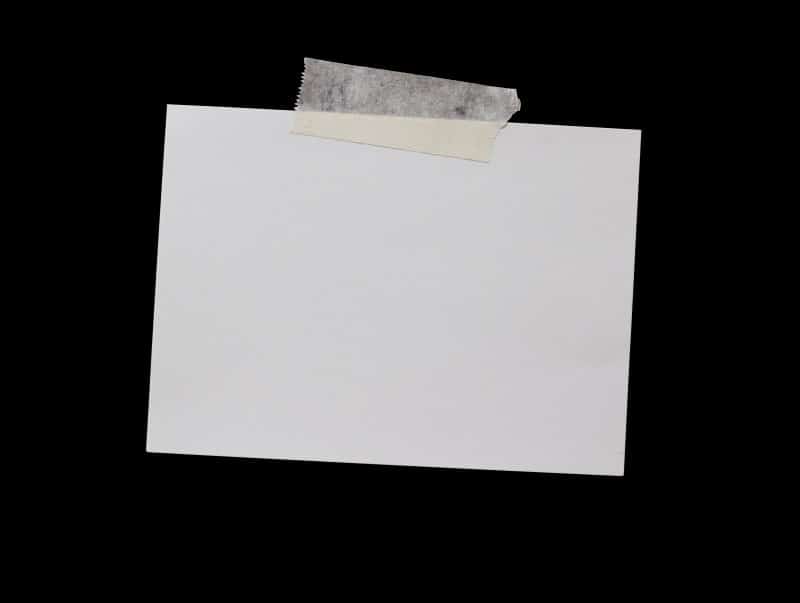
Some archers opt for paper tuning when they don’t know what’s wrong with their bows. The way it works, you create a target out of paper and keep it at a reasonable distance.
Then, you shoot the arrow as you usually do while practicing, observe the hole’s shape, and start adjusting the bow’s settings to achieve a perfect hole. It shouldn’t be straying far off, right or left.
You can start by adjusting the cam placement and then look at the cam timing. Next, try the bow again to see if the arrow shoots straight. If not, start looking at the other settings. Chances are, there will be something wrong with the cables or strings. You may even be placing the arrow wrong or using too long arrows for your draw length.
Other Methods for Tuning Your Bow
Paper tuning isn’t the only method you have to tune your bow. You can always choose one of these methods instead.
Bare Tuning
To put it simply, bare or bare-shaft tuning includes attempting to shoot an arrow without fletching. Then, throw an arrow that has fletching and compare the movement of both.
The right way to do it is to test from different distances. For example, start by a 5-yard space, then go back five yards, and another five yards, and so on. That way, you should have four shoots until the 20-yard distance.
When stopping at each distance, shoot both arrows—the one with fletches and the one without. Now, take a look at the target holes. They should be aligned with each other without any angle. Otherwise, you need to tune your bow.
French Tuning
French tuning is attempting to shoot the arrow from two different distances on the same straight line. In other words, you can try to shoot the bow from 10 yards away, then walk back and throw it from a 30-yard distance.
The method is meant to test the bow’s accuracy. If it’s not out of tone, the arrows thrown from both distances should form a perfect or close-to-perfect vertical line. You can shoot two or three arrows while on each length.
If you notice the arrows aren’t forming a straight line, your bow may be out of tune. Or, there may be something wrong with your arrow placement.
Torque Tuning
Torque tuning is when you tune your bow by moving the sight in and out. Each time you move the sight, try shooting your bow until you get the most forgiveness out of it.
While doing so, your grip hand should be applying pressure to the bow.
In addition to the sight, you should move the rest and test until you achieve the perfect placement.
After you move both the rest and sight, try shooting the arrow. If it goes straight through the hole as it should, your mission here is done.
If Your Bow Doesn’t Need Tuning, Then What’s the Problem?
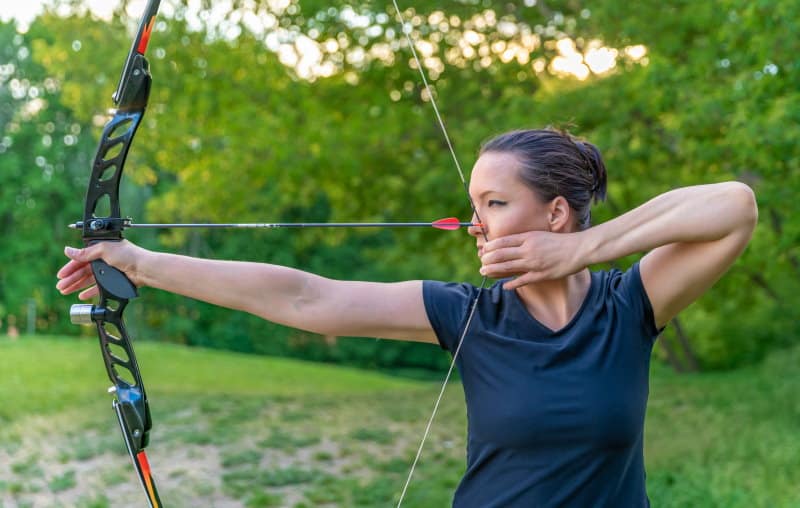
Okay, now you tried paper tuning your bow, and it’s still not shooting as it should. You even asked an expert, and everything is apparently in place without the need for adjustments. What’s the problem then?
Chances are, it’s one of these three:
You’re Absentmindedly Torquing the Bow
You might be torquing your bow without even noticing it. Torquing the bow is applying too much pressure with your grip. In other words, you might be gripping it too tight like your life depends on it.
So, before moving on to the bow’s settings, make sure the problem isn’t your technique first.
You’re Positioning the Rest Wrong
If you’re sure you’re not gripping the bow too tight, and the arrows are chosen well, the real culprit is likely the rest. When the rest is positioned wrong, the bow is technically not out of tune because there’s nothing wrong with its string and cams. You just need to change the arrow rest’s placement.
You can start changing its place gently, by 1/32 or 1/16 inch each time. The direction to move it depends on the problem it’s causing.
If you’re noticing your arrows moving slightly to the left while you’re shooting, move the rest to the right. Then, when they’re in the correct position, the bow’s broadheads and field tips should be getting the same spot.
You’re Using Wrong Arrows
If your bow is perfectly tuned but still shooting out erratic arrows, the problem may be the arrows you’re using. When choosing them, you need to consider your setup, your bow, and whether they’ll be right for you.
For example, arrows that are too bendy are known to lean to the right. Meanwhile, hard arrows will prefer the left. Additionally, it’s recommended to choose arrows two inches more than your draw length.
If your bow is tuned and still not performing well, the problem is likely with the arrows of your choice.
The Takeaway
So, how does a bow get out of tune?
It starts shooting arrows in irregular lines, its cables may stretch a bit, and it won’t feel right when you’re using it. In this case, you can tune it yourself if you know your way around it. Alternatively, you can get a professional to do it for you.
If your crossbow is tuned but still shooting to the left, check our article on this topic.
